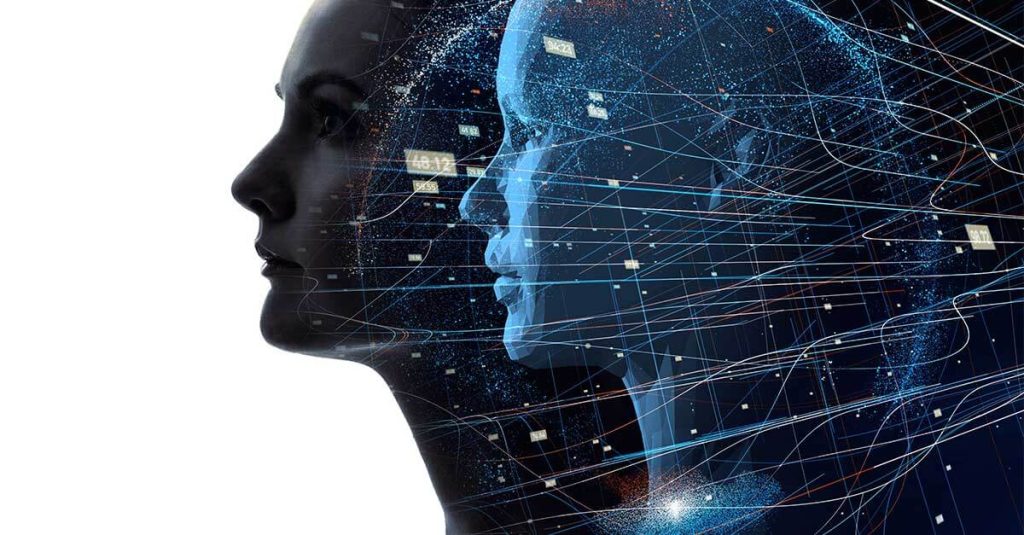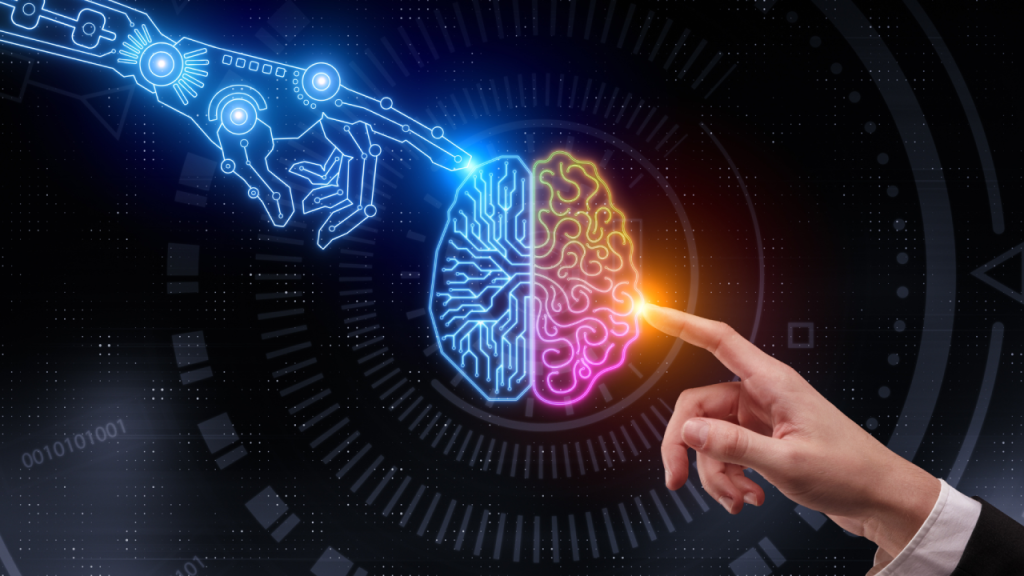Generative AI vs AI
In the realm of artificial intelligence (AI), there exists a fascinating duality: AI and generative AI. These two concepts, while intertwined, possess distinct characteristics, functionalities, and implications. In this comprehensive exploration, we delve into the intricate dynamics of Generative AI vs. AI, elucidating the disparities, highlighting the differences, and uncovering the manifold benefits that generative AI brings to the forefront.
Table of Contents
Understanding the Basics: Generative AI vs AI
Before delving deeper into the disparities, it’s imperative to grasp the fundamental concepts of AI and generative AI. AI, or Artificial Intelligence, refers to the simulation of human intelligence processes by machines, typically computer systems. This encompasses a broad spectrum of functionalities, including problem-solving, learning, perception, and decision-making. On the other hand, Generative AI represents a subset of AI that focuses specifically on generating new content, such as images, text, music, and more, often mimicking human creativity and imagination.

Difference Between AI and Generative AI
Core Functionality:
- Traditional AI: At the heart of traditional AI lies its ability to execute predefined tasks efficiently. These tasks may range from data analysis and pattern recognition to natural language processing and decision-making. Traditional AI operates within the confines of predetermined rules and structured datasets, excelling in tasks with clear objectives and well-defined parameters.
- Generative AI: In stark contrast, generative AI transcends the boundaries of task-oriented functionality by venturing into the realm of creative content generation. Rather than adhering to rigid rules and predefined objectives, generative AI harnesses the power of neural networks and advanced algorithms to produce novel outputs across various domains, including image synthesis, text generation, music composition, and more.
Learning Approach:
- Traditional AI: Traditional AI predominantly relies on supervised or unsupervised learning techniques, where the system is trained on labeled datasets to recognize patterns or make predictions. This learning approach necessitates substantial amounts of labeled data and is inherently geared towards optimizing performance on specific tasks.
- Generative AI: Generative AI leverages a diverse array of learning methods, including Generative Adversarial Networks (GANs), Variational Autoencoders (VAEs), and reinforcement learning. These techniques enable generative AI systems to learn from unstructured data and iteratively refine their outputs through feedback loops, thereby enhancing their capacity to generate diverse and high-quality content autonomously.
Output Generation:
- Traditional AI: The output generated by traditional AI systems is deterministic and predictable, directly influenced by the input data and underlying algorithms. Whether it’s generating recommendations based on user preferences or automating routine tasks, traditional AI produces consistent outcomes aligned with predefined objectives.
- Generative AI: In contrast, generative AI outputs exhibit a remarkable degree of variability and creativity, reflecting the inherent stochastic nature of the generative process. From generating photorealistic images and realistic text to composing music and designing virtual environments, generative AI fosters the creation of diverse and novel content that transcends the confines of preconceived notions and established norms.

Exploring the Benefits of Generative AI
The advent of generative AI heralds a new era of innovation, unlocking a myriad of possibilities across various domains. Here are some compelling that highlight the transformative potential benefits of generative AI:
- Creativity Enhancement: One of the most significant benefits of generative AI is its ability to enhance creativity across various domains. By autonomously generating new content, such as artwork, music compositions, or design prototypes, generative AI provides valuable inspiration and assists creative professionals in exploring novel ideas and concepts.
- Personalization and Customization: Generative AI enables personalized content creation tailored to individual preferences and requirements. Whether it’s generating personalized product recommendations, customized marketing messages, or adaptive user interfaces, generative AI empowers businesses to deliver highly tailored experiences to their customers, thereby enhancing engagement and satisfaction.
- Content Generation and Augmentation: In fields such as media and entertainment, generative AI revolutionizes content creation by automating the generation of visual effects, animations, and virtual environments. Additionally, generative AI can augment existing content by enhancing its quality, generating realistic variations, or transforming it into different formats, thereby streamlining the content production pipeline and reducing production costs.
- Innovative Problem-Solving: Generative AI fosters innovation by enabling unconventional problem-solving approaches and generating alternative solutions to complex challenges. By exploring vast solution spaces and experimenting with diverse configurations, generative AI aids researchers, engineers, and scientists in discovering innovative solutions, optimizing designs, and pushing the boundaries of what is achievable.
- Data Augmentation and Synthesis: In scenarios where limited data availability poses a challenge, generative AI offers a solution by synthesizing artificial data samples. This process, known as data augmentation, involves generating synthetic data points that closely resemble real-world data, thereby enriching the training datasets for machine learning models and improving their performance and generalization capabilities.
- Simulation and Forecasting: Generative AI facilitates the creation of realistic simulations and predictive models across various domains, including climate science, finance, and healthcare. By generating synthetic scenarios and forecasting future outcomes, generative AI aids decision-makers in evaluating potential strategies, mitigating risks, and planning for contingencies in complex and uncertain environments.

Generative AI vs. AI: A Paradigm Shift in the Making
As we navigate the intricate landscape of artificial intelligence, it becomes evident that the emergence of generative AI heralds a paradigm shift of unprecedented proportions. While conventional AI excels in analyzing and interpreting existing data, generative AI transcends these limitations by embracing creativity, imagination, and the innate ability to generate new content autonomously.
By leveraging the unique capabilities of generative AI, individuals and industries can unlock new frontiers of innovation, creativity, and personalization. From revolutionizing content creation and enhancing user experiences to augmenting human capabilities and fostering a culture of experimentation, the transformative potential of generative AI knows no bounds.
Conclusion
while both AI and generative AI are integral components of the technological landscape, their disparities lie in their approach to problem-solving and content generation. Generative AI stands out for its capacity to autonomously produce original content, enhance creativity, and offer personalized experiences across diverse domains. As generative AI continues to evolve and proliferate, its transformative impact on industries and society at large is poised to be profound and far-reaching.
By comprehensively understanding the differences between AI and generative AI and harnessing the unique benefits of generative AI, businesses, researchers, and creators can unlock new opportunities, drive innovation, and usher in a future where machines collaborate seamlessly with humans to achieve remarkable feats of creativity and ingenuity.

